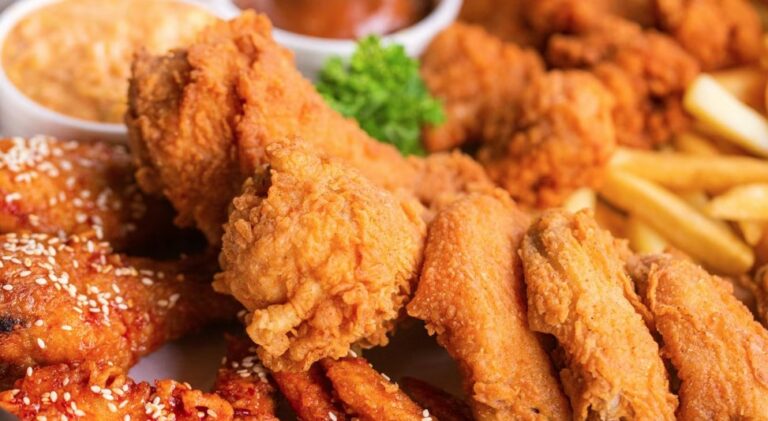Introduction: Exploring Bahamian Cuisine
Bahamian cuisine is a delightful fusion of African, American, and European influences that has evolved into a unique culinary experience. The cuisine is known for its bold flavors, hearty portions, and use of fresh seafood. With over 700 islands, the Bahamas has a rich culinary history that is shaped by its geography and diverse cultural history. From conch fritters to guava duff, Bahamian cuisine has something for everyone to enjoy.
Influences on Bahamian Cuisine
Bahamian cuisine has a rich blend of influences from Africa, America, and Europe. The African influence is reflected in the use of spices and techniques such as stewing and frying. The American influence comes from the proximity to the United States and the use of ingredients like cornbread and grits. European influence is reflected in the use of ingredients like tomatoes, onions, and peppers. The combination of these influences has produced a unique culinary experience that is both delicious and diverse.
Ingredients in Bahamian Cuisine
Bahamian cuisine is known for its use of fresh seafood, tropical fruits, and vegetables. The most popular seafood ingredients include conch, lobster, fish, and crab. Tropical fruits like mango, pineapple, and guava are also used in many Bahamian dishes. Common vegetables used include onions, tomatoes, and peppers. Bahamian cuisine also uses a variety of spices like thyme, curry, and garlic, which add depth and flavor to the dishes.
Cooking Tools Used in Bahamian Cuisine
Traditional Bahamian cuisine is cooked using simple and basic cooking tools. The most common cooking tools used include pots, pans, and skillets. Grilling is also a popular cooking method, especially for seafood. Other essential tools include knives, cutting boards, and wooden spoons. These basic tools allow for the focus to be on the ingredients and flavors of the dishes.
Traditional Bahamian Cooking Techniques
Stewing, frying, and grilling are traditional cooking techniques used in Bahamian cuisine. Stewing is used to make stews, soups, and rice dishes like peas and rice. Frying is used to cook seafood, fritters, and plantains. Grilling is used to cook seafood and meats, and it imparts a smoky flavor to the dishes. These traditional techniques have been passed down through generations and have become synonymous with Bahamian cuisine.
Regional Variations in Bahamian Cuisine
The Bahamas has many regional variations in its cuisine due to the geography of the islands. The southern islands have a stronger African influence, while the northern islands have more European influence. The outer islands also have unique cuisines that reflect their isolation from the mainland. For example, Eleuthera is known for its pineapple and coconut-based dishes, while Andros is known for its crab and conch dishes.
Modern Techniques in Bahamian Cuisine
Modern techniques have been incorporated into Bahamian cuisine as it has evolved. For example, fusion cuisine has become popular, incorporating flavors and techniques from other cultures into traditional Bahamian dishes. Sous vide cooking and molecular gastronomy have also been introduced to the cuisine, creating new and exciting dishes. However, the focus remains on using fresh and locally sourced ingredients.
Conclusion: The Art of Bahamian Cooking
Bahamian cuisine is a unique blend of flavors and techniques that reflect the diverse cultural history of the Bahamas. The cuisine has evolved over time, incorporating modern techniques while still using traditional methods. From the fresh seafood to the tropical fruits and vegetables, Bahamian cuisine is a delight for the senses. Whether you are a seafood lover or enjoy spicy flavors, there is something for everyone to enjoy in Bahamian cuisine.

